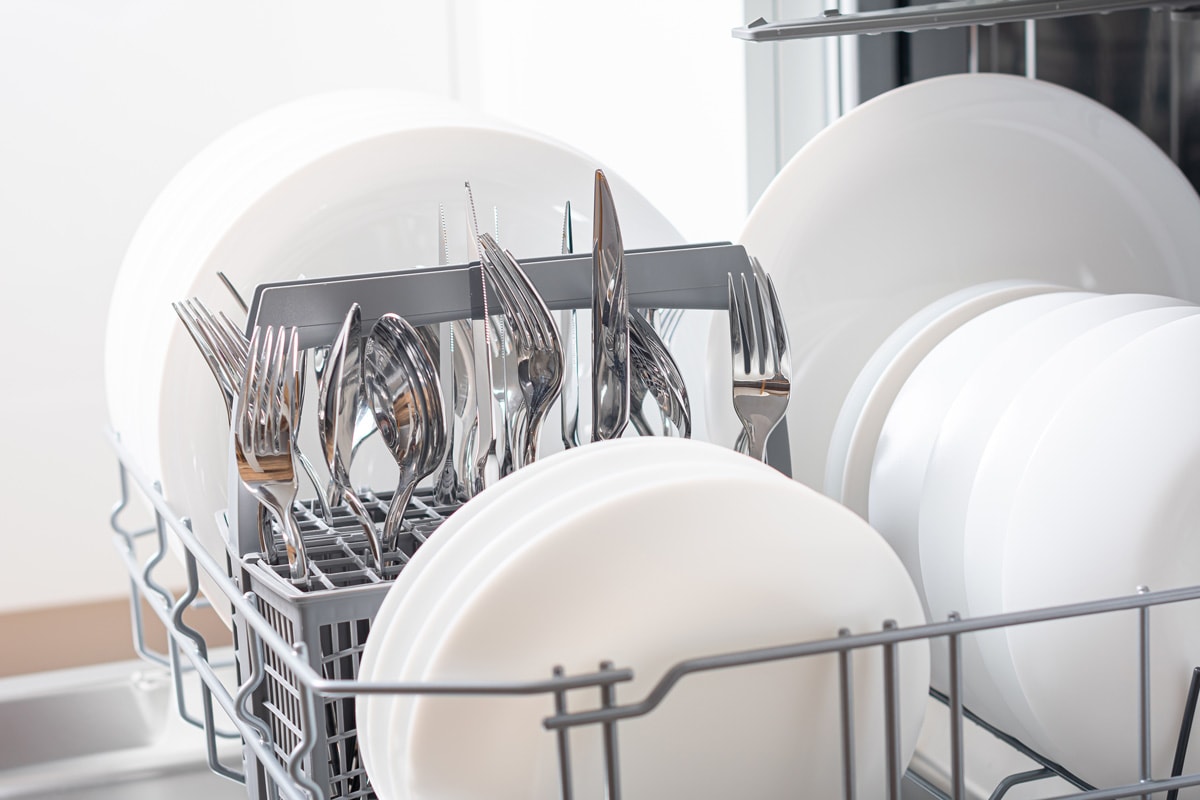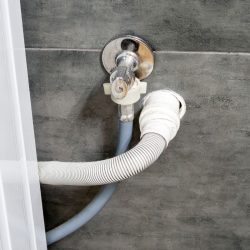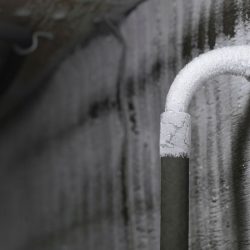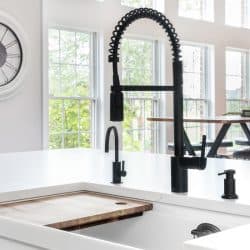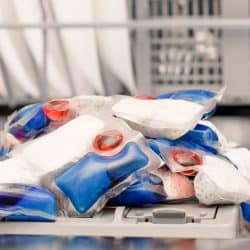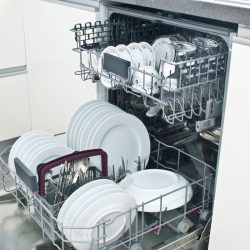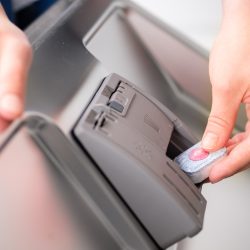Are you wondering if an aerator is an essential component in dishwashers? Or what will happen to the appliance without the aerator installed? These are important questions. We've researched these questions and found substantial answers to share with you!
Yes. An aerator is a crucial part of the dishwasher that stops the backflow of dirty dishwater from flowing back into the dishwasher.
Get ready to learn more about aerators and other vital facts about dishwashers. Also, we will cover a few helpful tips for packing the dishwasher for the cleanest dishes possible. Please continue reading to learn more about dishwashers today!
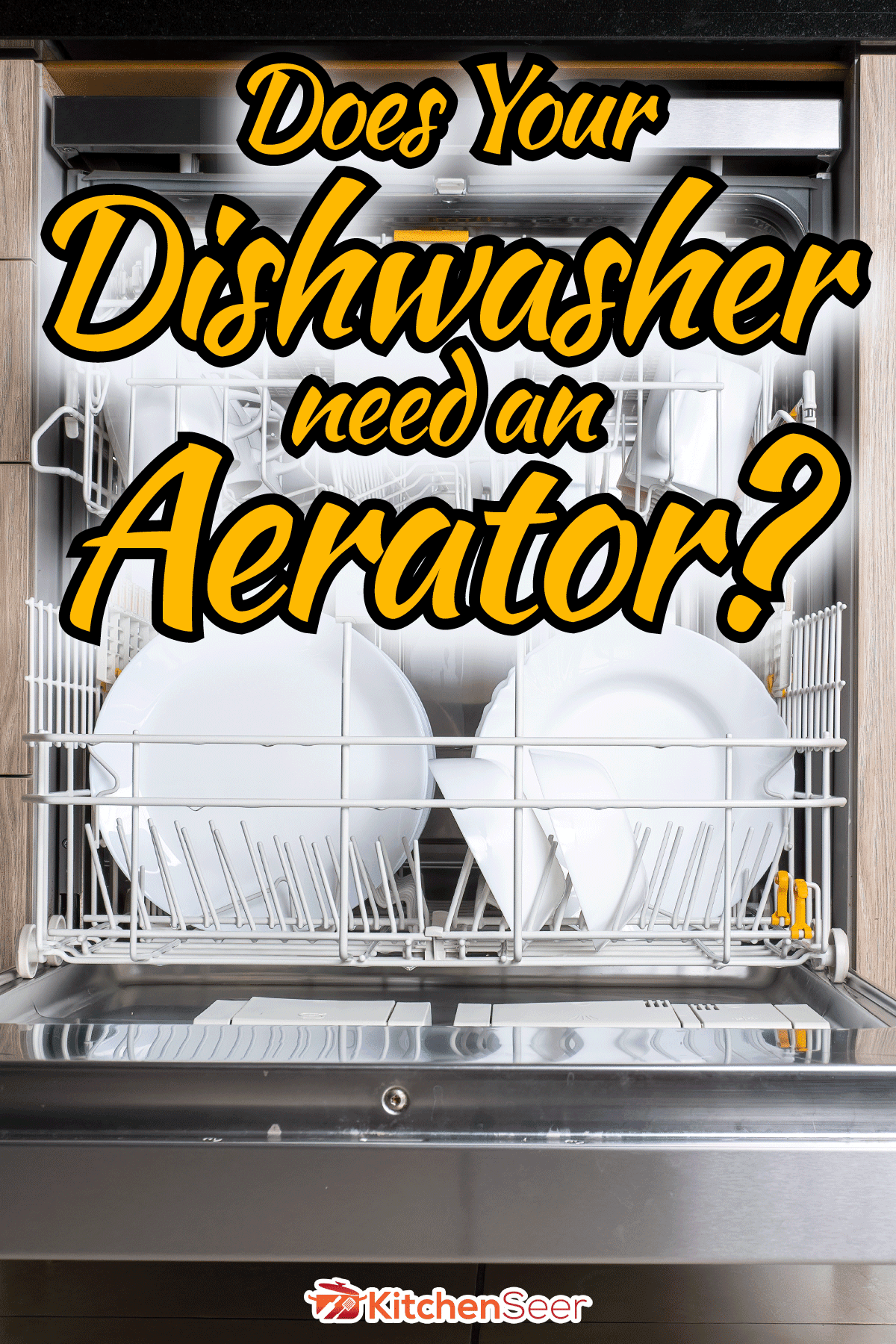
Do I Need An Aerator For My Dishwasher?
Yes. The aerator is a vital cylindrical component that connects the dishwasher to the kitchen plumbing and stops the germy, dirty dishwater from flowing back into the dishwasher after each wash cycle. Without the aerator, dirty water would recirculate, creating an unhygienic environment in your dishwasher.
Also, many plumbing codes require installing an aerator to prevent cross-contamination issues within the kitchen plumbing.
Selecting dishes that are dishwasher friendly is crucial if you use your dishwasher regularly. Check out this post to learn more: What's The Best Dinnerware For Both Microwave & Dishwasher?
Can you use a dishwasher without an aerator?
In theory, the dishwasher will run, but without backflow prevention, the dirty water will reenter the appliance and flood your dishwasher with dirty and greasy water, which will result in a load of poorly washed dishes that are not sanitary.
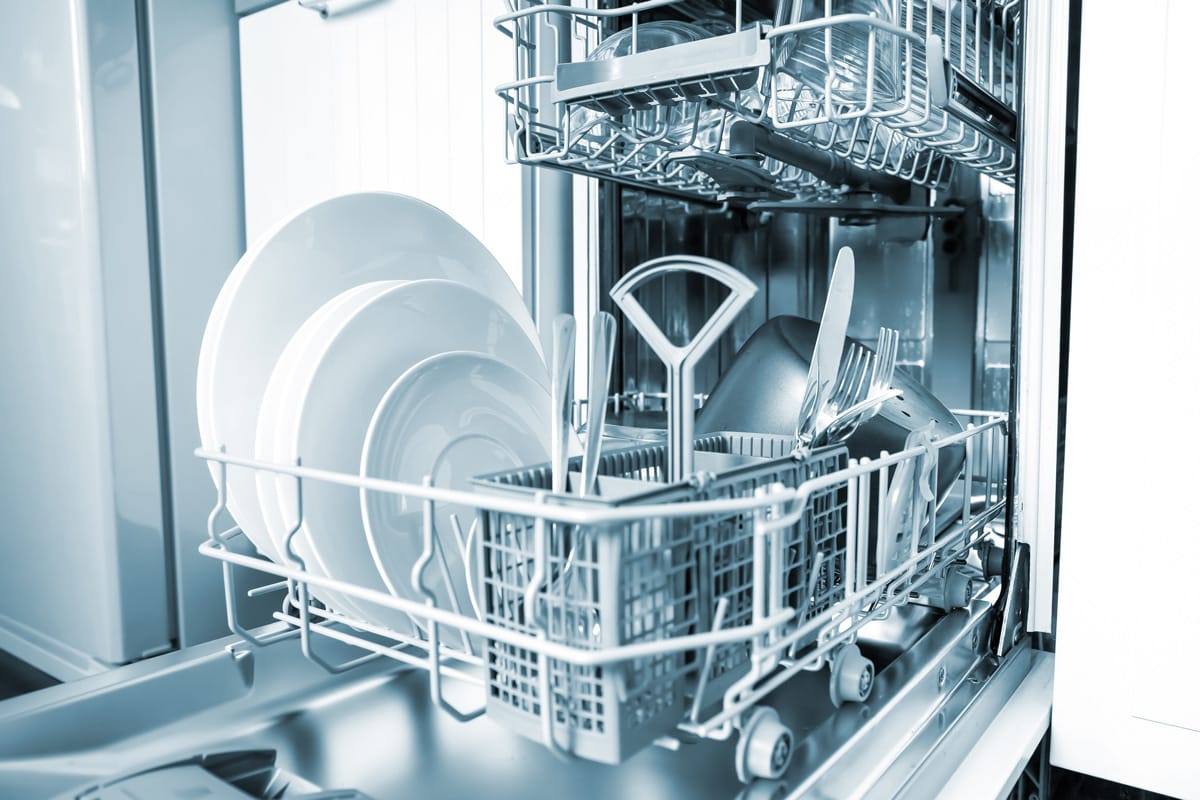
What is the purpose of a dishwasher aerator?
Great question. The aerator's job is to prevent the backflow of dirty dishwater from reentering the dishwasher. This device is installed to connect the dishwasher to the kitchen sink.
Also, the aerator is referred to as an air gap, and depending on the dishwasher's make and model, the terms could be used interchangeably.
What are the signs of backflow in a dishwasher?
There are several signs of backflow issues to watch for in dishwashers. These include:
- Slowed drainage
- Water pooling in the bottom of the dishwasher after a wash cycle
- The kitchen sink fills with dirty water when the dishwasher is running
- Dishes are not thoroughly cleaned after the washing cycles
What causes backflow in a dishwasher?
Generally, backflow happens when the filter, drain hose, or garbage disposal is clogged with debris. Suppose none of those components are clogged. It could be a blocked sewer line that carries the household's wastewater to the public sewer system.
Does Dish Soap cause the dishwasher to leak?

Yes. Using regular/traditional dish soap instead of dishwasher detergent will lead to extreme bubbling inside the dishwasher that will leak out of the door and spill onto the kitchen floor.
To prevent this issue, only use dishwasher detergent because it will reduce wear and tear on the kitchen plumbing and prevent a bubbly mess on your kitchen floor.
Click here to view the popular Cascade dishwasher pods on Amazon.
What is better for dishwashers: liquid or pods?
Excellent question! Both liquid and pod options offer pros and cons for consumers.
Liquid detergent pros
Liquid detergent disperses quickly and generally does not clog the dishwasher's soap dispenser because the liquid detergent is water-based. Also, it is less abrasive on delicate dishes and is excellent for washing china and other breakable items.
Moreover, running less than a full load adds less soap to the dispenser, which saves detergent and money in the long run. The adjustable format of liquid dishwasher detergents is an advantage that pods do not offer. The entire pod will be used regardless of how many dishes are packed in the dishwasher.
Liquid detergent cons
The con is that liquid detergent lacks the multi-action cleaning formulas that pods offer.
Pod detergent pros
The multi-action cleaning formulated pods will clean the dishes, remove stains, and dry the dishes with reduced spots compared to liquid detergents. Also, pods never require any measuring; simply place the pod into the soap dispenser and press start!
Pod detergent cons
Pods cost more than liquid detergents on average because of the multicomponent premeasured convenience. Moreover, the pods require more time to dissolve than liquid detergents before the dish-cleaning solutions are released into the appliance.
Click here to view the Seventh Generation dishwasher pods on Amazon.
Click here to view the Cascade-Dawn dishwasher detergent on Amazon.
Pro tip: Consider adding a rinse aid to each load to ensure your dishes dry quickly and are sparkling clean without unsightly calcium buildup or water stains.
Click here to view the Finish Rinse Aid on Amazon.
For further information about dishwasher detergent options, take a look at this post: Dishwasher Pods Vs. Liquid – Which To Choose For Your Kitchen?
Can you use Drano in a dishwasher to unclog the hose?
No. Do not use Drano or any drain/pipe unclogging agent in a dishwasher because it's caustic to humans and corrosive to the dishwasher components. The chemicals in Drano are formulated for unclogging pipes, which will damage the dishwasher motor and erode the rubber seals.
Only use dishwasher-approved cleaning and unclogging products to avoid damaging your appliance or the kitchen plumbing.
Click here to view the NuvoH2O CitraCharge dishwasher cleaner on Amazon.
Safety considerations for operating a dishwasher
Please use the following steps for utilizing a dishwasher effectively and safely:
- Always put the knives and other sharp items pointed downwards in the utensil basket.
- Pack the glassware gently into the dishwasher, and don't crowd the glasses.
- Do not overload the dishwasher—it will prevent the dishes from getting clean, and they could break or chip.
- Allow the dishwasher to cool before removing the dishes.
- Always close the door after loading or unloading to prevent accidental falls.
- If you have small children, consider engaging the child safety lock to prevent accidents.
- Never allow children or pets to play inside the dishwasher.
- Store the dishwashing products away from children and pets.
- Always follow the dishwasher owner's manual maintenance instructions.
- Do not fill the soap dispenser until you are ready to run the appliance because the soap setting in the dispenser will harden over time.
- Never mix dishwasher solutions with other cleaning products.
- Please read your labels. Not every dish can go in the dishwasher.
- Leave the labels on the detergent bottles to prevent misusing the product.
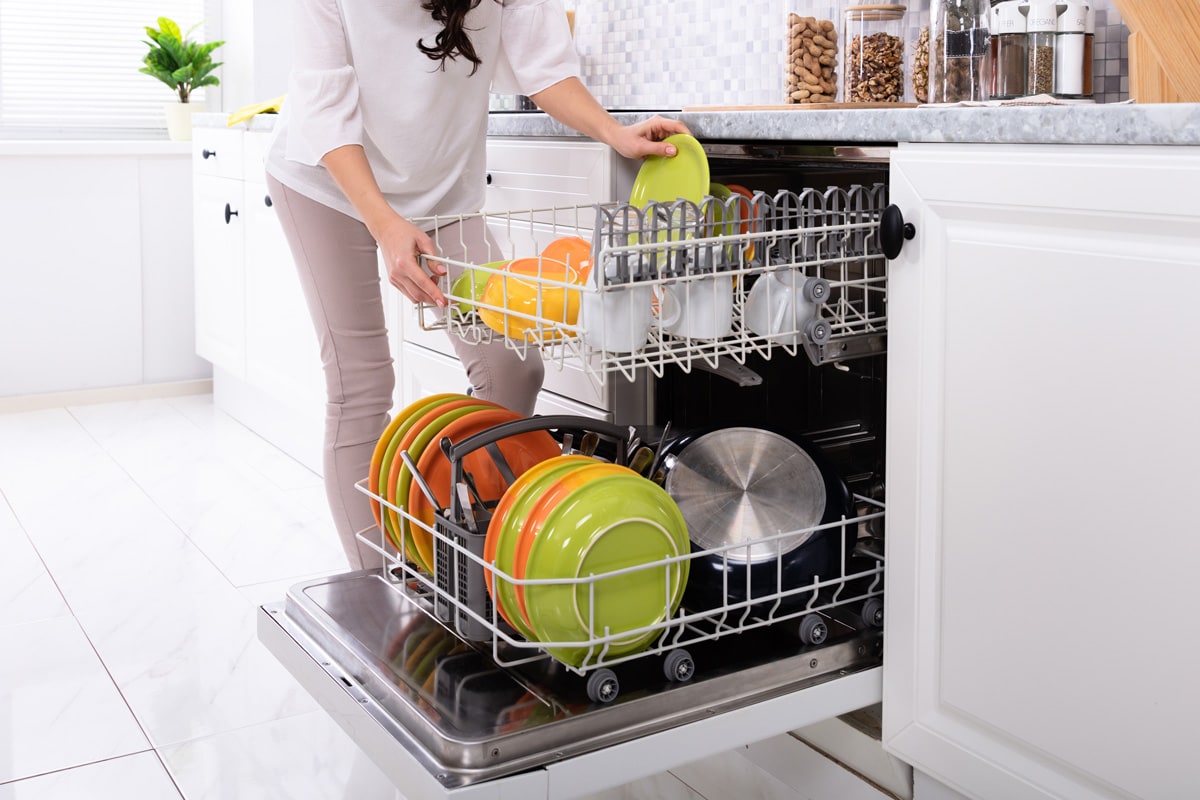
Wrapping up!

Thank you for reading our article!
Today we discussed how the aerator component functions and why it is essential to keeping your dishwasher running correctly. Also, we covered several other important factors about how dishwashers operate and a few safety protocols to keep in mind.
Please be sure to check out some of our other posts to read further information about dishwashers.
Are Dishwasher And Washing Machine Drain Hoses The Same?
Can A Dishwasher Drain Hose Run Under The Floor [And How To]?
Dishwasher Drain Hose Keeps Kinking – Why And What To Do?






